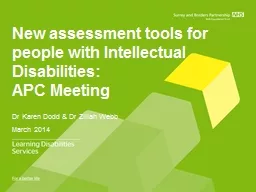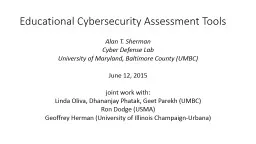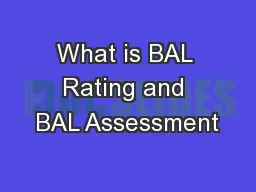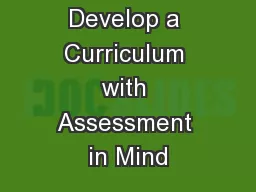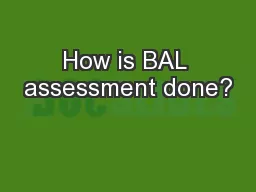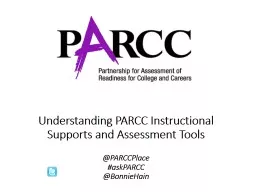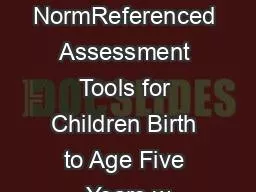PPT-New assessment tools
Author : ellena-manuel | Published Date : 2019-11-26
New assessment tools for people with Intellectual Disabilities APC Meeting Dr Karen Dodd amp Dr Zillah Webb March 2014 Summary sHALO Surrey and Hampshire Assessment
Presentation Embed Code
Download Presentation
Download Presentation The PPT/PDF document "New assessment tools" is the property of its rightful owner. Permission is granted to download and print the materials on this website for personal, non-commercial use only, and to display it on your personal computer provided you do not modify the materials and that you retain all copyright notices contained in the materials. By downloading content from our website, you accept the terms of this agreement.
New assessment tools: Transcript
Download Rules Of Document
"New assessment tools"The content belongs to its owner. You may download and print it for personal use, without modification, and keep all copyright notices. By downloading, you agree to these terms.
Related Documents

